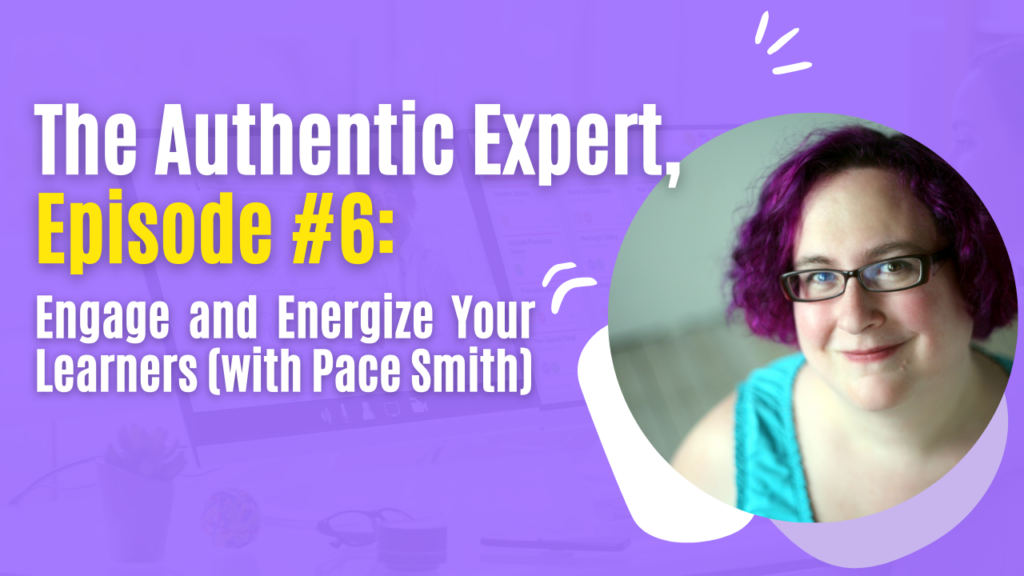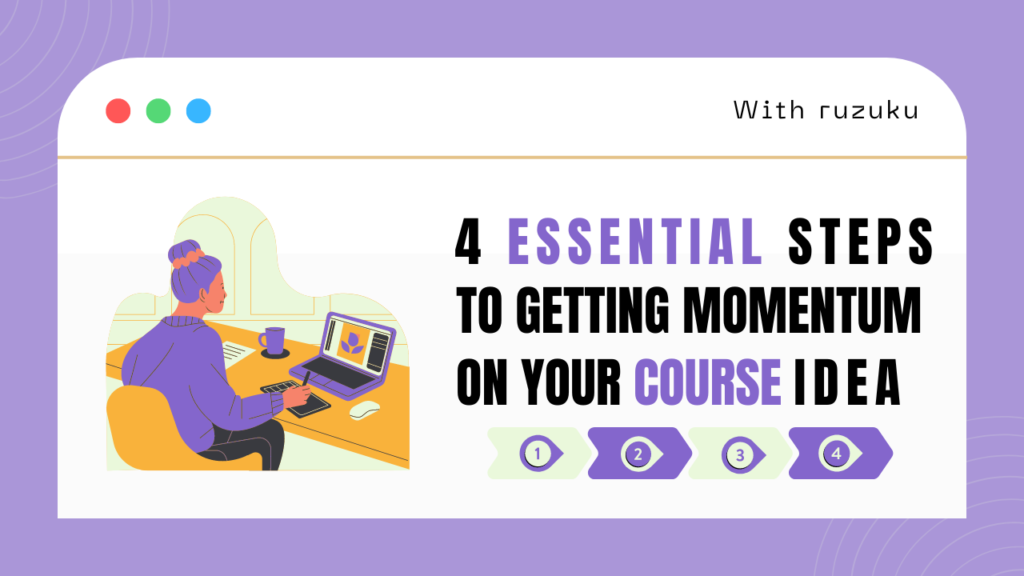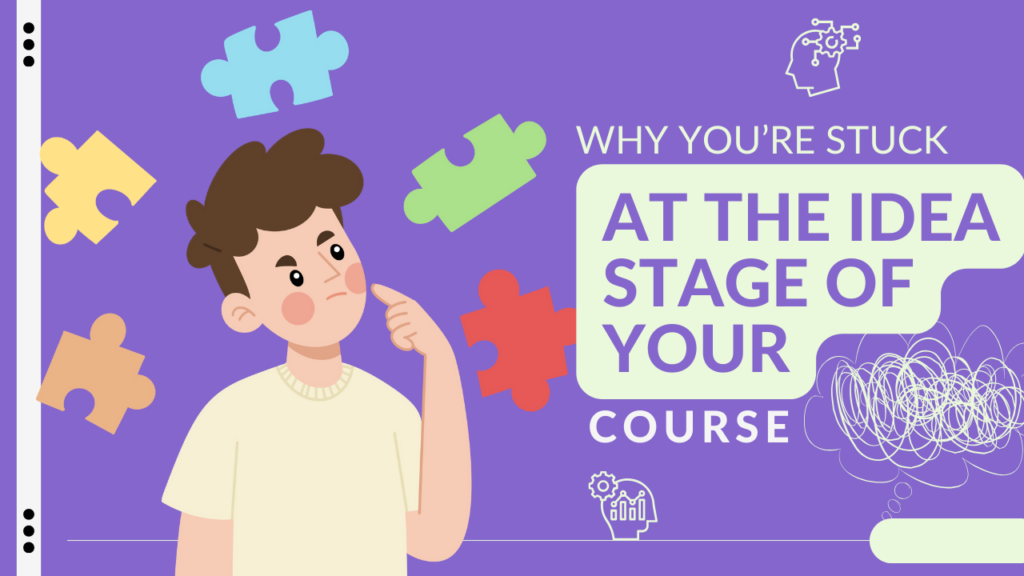Description: Interview with Pace Smith, veteran online teacher and creator of the Engaging eCourses program. Topics include authenticity, self-trust, and key questions to ask as you develop your course.
Don’t miss the next episode!
Subscribe on iTunes, Stitcher Radio, Player.fm or TuneIn.
Or sign up to get a quick email notice when the next episode goes live!
About Pace Smith
Pace Smith helps sensitive spiritual misfits follow their hearts to a wild crazy meaningful life. She’s a Pathfinding coach, a teacher, a speaker, a writer, a bi poly trans gamer geek, an open-source Reiki healer, and a tournament-level Dance Dance Revolution player. Click here to download The 11 Most Dangerous Myths about Finding Your Path, her 41-page eBook designed to help you find your calling.
Key Points & Takeaways
- “Authenticity” isn’t about sharing everything. Think instead about sharing in a focused way, and make everything that you do share true.
- Let your online teaching be led by your values. Reflect on what you value as a learner, and incorporate those values into your course design and teaching.
- Remember that if people wanted to buy raw information, they would buy a book! They would just get the raw information. That’s not what they want from a course: they want a learning experience. An immersive, engaging experience.
- You could teach the exact same course topic that somebody else is teaching, and different people would sign up, and get something different out of it — because it’s you and your voice that matter to them.
- Give yourself permission to teach the same course more than once, on a consistent schedule. In Pace’s experience, if she had put together a consistent schedule/curriculum, she would have freed up enormous energy for her business AND made the courses better each year.
- To break away from “one course at a time” thinking, ask, “What can I do consistently over the next 5 years in a regular way to build a meaningful online teaching business?”
- Try to identify common themes among your courses so you can present them in a unified way.
- The biggest thing that affects engagement is participation in a community. One technique you can use to enhance community & engagment: “assignment buddies.” Assign participants into pairs. Invite them to via phone or Skype sometime during the week to do a specific partner exercise that is part of the homework for the class.
- One of the engagment killers is guilt. If people feel behind, it’s really hard to recover from that. They feel like you’re waving a wagging finger at them – or ashamed, like they’re not capable of doing well in an online course. To minimize “course participation guilt,” focus on creating an “immersive” learning experience. A helpful guideline: no more than 1/3 of the course should be focused on the teacher talking/presenting; at least 2/3 should be focused on interaction. Continually ask yourself, “Am I focusing too much on delivering content or presenting vs. engaging? Am I giving people a firehose?”
- One successful model: class + dedicated community co-working time. For example, Pace incorporated a “Motivation Monday” time into one of her courses. Everyone got together on a call, which Pace led with an invocation, statement of intent, and writing prompt. Participants then hung up, wrote on their own for an hour, then came back on a call to share their progress. Feeling they were part of a group and doing it together helped people make far more progress with their writing than they did on their own. Think about how you could create a similar model for your online programs.
Pace’s top coaching to improve your course design
Tell a story.
Stories are both engaging and authentic.
Engaging because people learn based on stories and examples way more than just being told a dry list of facts.
Authentic when based on your own lived experience.
Reflect on your personal stories and how they can enrich your course.
Resources & Links
Curious about Pace’s idea of “finding your path?” Check out The 11 Most Dangerous Myths about Finding Your Path.
Transcript
Coming soon!





